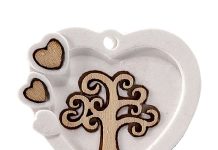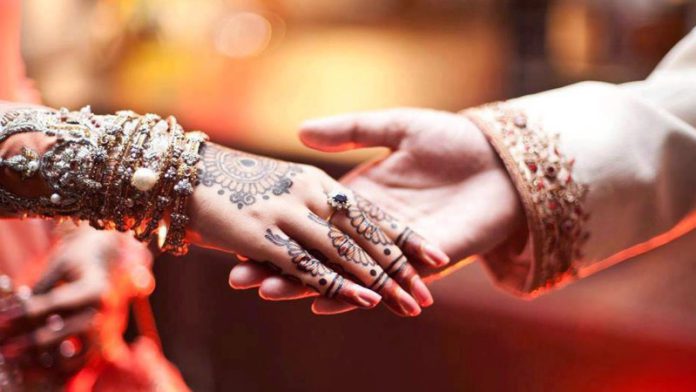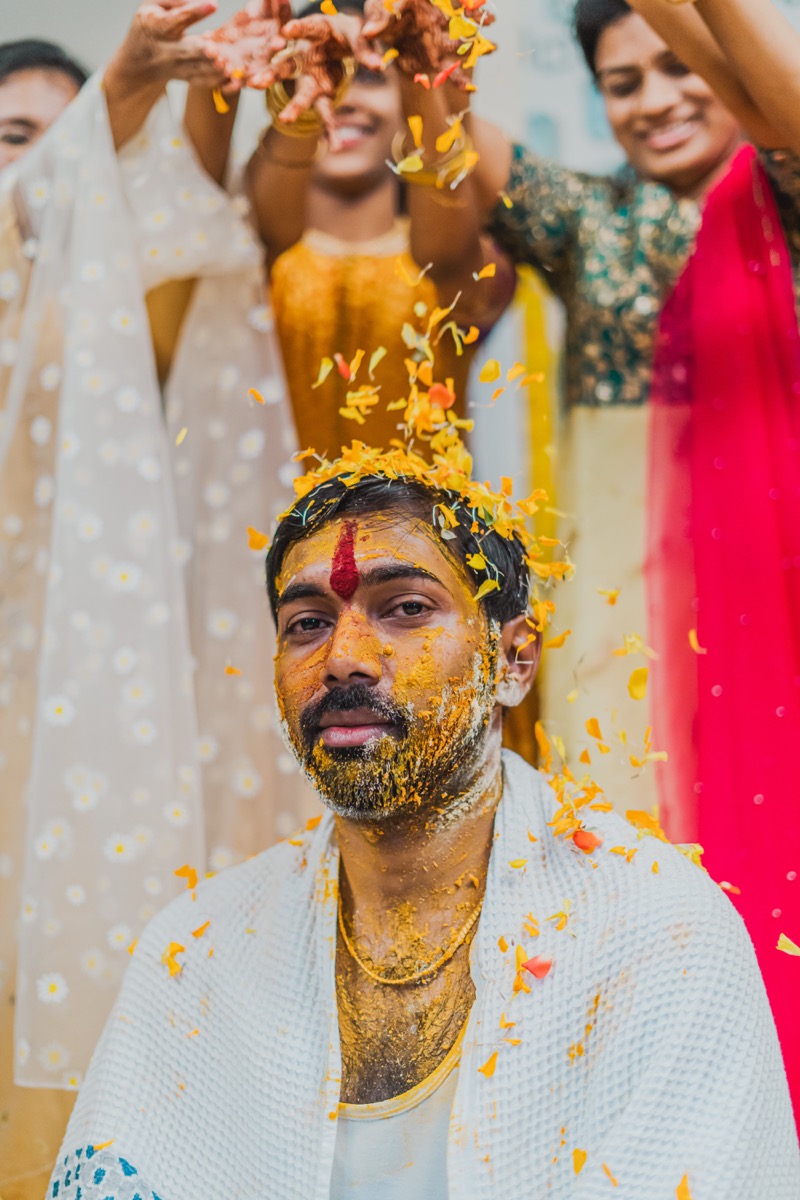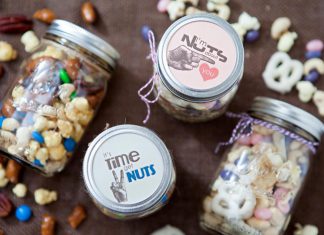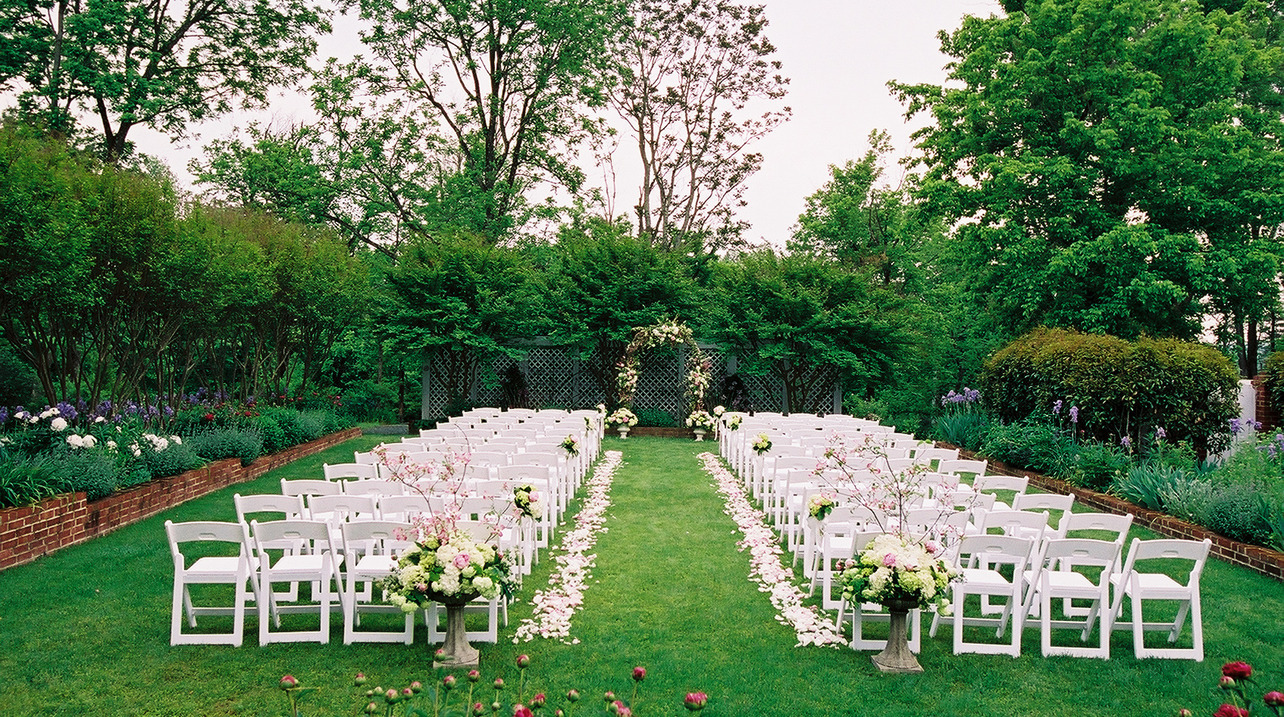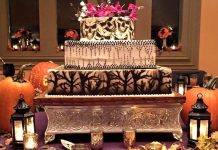Hindu weddings, in general, are quite colourful and vibrant in nature. They are culturally rich festivals full of occasions, celebrations and traditions. The whole concept of the Hindu wedding ceremony is not the bonding of two souls but also the two families coming together with celebrations and prayers.
Inviting people to the wedding ceremony is one of the vital customs in a traditional Indian wedding. That is why sending Indian wedding invitations to the people is quite an important task to complete before starting the ceremony and designing the card according to the wedding theme is quite a task to do as well.
Generally, the Indian wedding ceremony is divided into 3 days. In these 3 days, there are many rituals that happen and all these rituals are mandatory to perform to have a successful wedding.
The following are rituals and they are divided by day wise
DAY 1
- Ganesh Puja: The ceremony usually starts with the prayer to Lord Ganesha, considered as the god of wealth, good fortune, beginnings and remover of all kinds of obstacles. Greetings are also offered so that Ganesha can pave a smooth way for the newly couple’s successful married life.
- Haldi: The Haldi ceremony takes place on the morning of the actual wedding day where a Haldi paste is applied to the groom’s whole body. The ceremony takes place at both the groom’s and the bride’s house. In some regions, the ceremony also happens before the wedding day.
DAY 2
- Henna and Sangeet: It is also a pre-wedding ceremony where all the close family members and also friends attend to sing, dance and enjoy for the entire day. Here family members of each side sing their traditional folk songs as well.
The Mehendi ceremony is also a traditional pre-wedding ceremony that is generally attended by the female members of the family and friends of the bride. In this ceremony, a Mehendi paste is applied to the bride’s hands and feet with different designs.
DAY 3- The wedding day
- Baraat Arrival: The arrival of the groom to the ceremony which is also known as Baraat arrival in itself is a kind of ceremony that is usually celebrated with great joy. After all the guests arrive they are divided into two groups, the bride and the groom’s side.
- Varmala: An important ritual in an Indian wedding is exchanging of Jai Mala also known as Varmala. It is a garland composed of colourful flowers which are exchanged by newlywed couples. Without this ritual, the wedding is considered to be incomplete.
- Kanyadan: The bride is usually guided to the ceremony by her uncles and brothers. When the bride’s father gives her away to the groom for the wedding, it is called Kanyadan. According to Hindu traditions, the groom cannot ask for a bride until she is offered.
- Mangal Phera: In this ceremony, the priest offers blessings to the couples for a happy, long and healthy marriage life. In a funny way, there is a funny tradition where the couples run and sit down after every round. It is done because it is believed that one who seats first will have the upper hand in the household.
- Saptapadi: Saptapadi is quite an important ritual in an Indian wedding where the couple is tied by their clothes and then they have to take seven rounds around the sacred fire that is placed just at the centre of the mandap.
- Sindoor and Mangalsutra: Sindur is a kind of red-orange powder which is generally applied by the husband after the whole marriage ceremony is done on a part of a woman’s head. After the marriage, the bride wears a necklace with black and gold beads offered by her new husband. This necklace is called mangalsutra.
- Akhand Saubhagyawati: After the wedding ceremony is over, traditionally seven married women are invited to the mandap for giving blessings to the newly married couples by saying “Akhanda Saubhagyawati Bhava” which means their married life remains glorified forever.
- Vidaai: After the whole wedding ceremony is over, it is the time when the bride officially leaves her house to start her new journey. Usually, the goodbyes are quite emotional, tearful and heartwarming also and this is traditionally known as the ‘vidaai’ ceremony. This ceremony is the official symbolic end of the wedding ceremony where the bride’s parents offer the last and final farewell to their daughter.
These are rituals that you will encounter on a day-by-day basis if you attend a traditional Indian wedding. Indian weddings are quite beautiful where lots of people attend and take part in this celebration and enjoy each and every ritual that is to be followed. Indian weddings are quite beautiful and are absolutely advisable to attend an Indian wedding once in a lifetime if possible and you will guarantee to remember forever.






